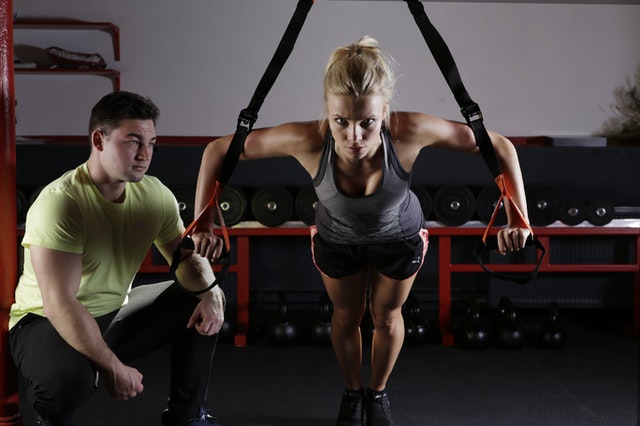Cardiovascular health is very important in maintaining an active and healthy lifestyle. If you have any plans to work into your 60s, 70s, and beyond, it’s imperative that you do more cardio so you can enjoy these later years as much as possible! This article will tell you everything you need to know about the benefits of cardio, how much cardio you should be doing every week, and what type of cardio works best.
The human body was designed for exercise

It requires movement and activity to maintain good health. While diet remains one of our most important factors for maintaining overall wellness, regular cardio can help you get leaner and live longer. Here are five good reasons why you should be doing more cardio
The importance of training your heart
When you exercise regularly, your heart beats more efficiently and works harder as it pumps blood around your body. That’s why high-intensity interval training (HIIT) has become such a popular training strategy: You can get in shape quickly by doing short but intense workouts that keep your heart rate elevated for long periods of time. Cardiovascular exercise is an important element of any fitness routine, but when it comes to losing weight or maintaining it, you may find that other exercises work better for you.
Benefits of doing cardio

Cardiovascular exercise can improve many aspects of your health. It makes your heart healthier and stronger, reduces your risk of heart disease and stroke, lowers your blood pressure, improves blood flow throughout your body (which helps with healing and oxygenation), boosts metabolism and increases energy levels. Plus it promotes weight loss by speeding up how quickly you burn calories and fat.
Common cardio misconceptions
Cardiovascular exercise isn’t as beneficial for weight loss as you might think. While research has shown that aerobic exercise can help you shed some pounds, it won’t necessarily make your stomach flatter or your butt rounder.
How much cardio do you need?

Find out your ideal heart rate. For optimal cardio fitness, you need to stay in your target heart-rate zone (THR). To figure out your THR zone—and whether you should do more cardio—multiply 220 by your age. For example: If you are 35 years old, multiply 220 by 35. This equals 7300.
Is there an age limit?
The short answer is no. There’s no minimum or maximum age for getting started with cardiovascular exercise. If you’re just not in good enough shape, now’s your chance to change that! The only time you might have a problem starting out with an intense cardio routine is if your doctor has specifically told you to avoid it.
2 Ways to Add Cardio Into Your Routine

Running and swimming are great ways to add cardiovascular exercise into your day. Running regularly can help you shed excess weight and strengthen your cardiovascular system; while swimming provides an excellent full-body workout that burns fat even when you’re not in the pool!







